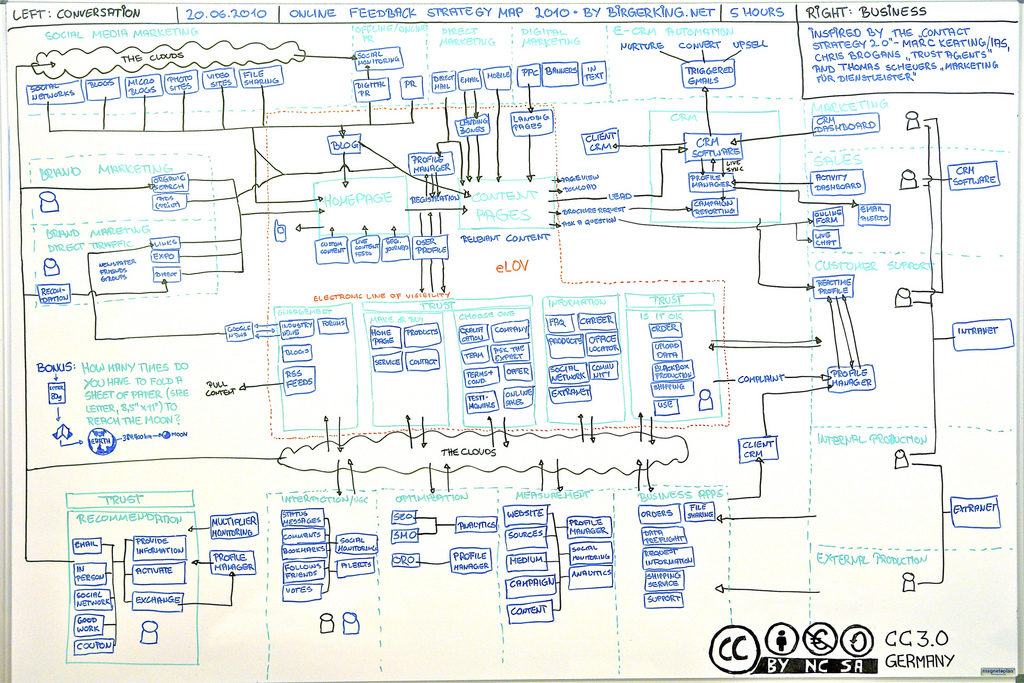
Getting More SEO Benefit from Your Content
With Google’s continual algorithm changes designed to eliminate back-door ranking gimmicks, quality content creation has become the foundation for a strong SEO strategy. No list of best practices can make up for poor content, because at the end of the day, your visitors want content that answers questions or provides useful information. If your content doesn’t help them achieve their goals, you can wave good-bye. Strong content requires more than a few keywords thrown in. Let’s take a look at three ways you can optimize your content to boost conversion rates and increase visibility.
Invest in Quality Writing
Writing for the web is different from writing for print. Online content should provide strong information in an easily digestible format. You can accomplish that by incorporating:
- Rich Headings and Subheadings–Headings perform two main functions. First, they make it easy for Google to index the page content. For this reason, include keywords in your headings wherever possible. Second, headings help your readers skim the page easily to discover whether your information answers their questions.
- Bullet Points–Bullet points break up the flow of the page and make it easy for readers to find the most important information. Most people don’t read content in full; they skim. Long paragraphs can appear intimidating, and bullet points help make that information more accessible.
- Skill–Look for a writer (or several) who has a flair for drawing people in. Your content must be interesting, readable, and useful in order to keep people on the page.
Make Content SEO Friendly
Skillful writing makes your content attractive to your human readers, but it also needs to attract search engines. SEO-friendly content will use keywords and phrases that accurately represent the information on the page. In addition to your primary search words, you should also incorporate related words that support your topic throughout the page. Search engines look for these related words using a process called latent semantic indexing in order to determine if your page really does discuss the topic suggested by your keywords. For example, if you use the keyword “Outer Banks vacation,” your content should include related terms like “beach,” “island,” “hotel,” and other similar ideas.
Use Intelligent Content Practices
Intelligent content optimizes structure and organization to make your content easier to find and index. An intelligent content approach will incorporate:
- Consistent Structure-Utilize content elements such as image titles, headings, and meta descriptions to structure your content.
- Optimized Search–It should be easy for people to find what they are looking for. Strong metadata will help your content be found both in the search engine and on your website, even if the user types in something other than your primary keyword.
- Responsive Design–Responsive design adapts your content based on the device receiving it in order to make it more accessible for users. Google already places high value on responsive page design, and it will only become more important in the future. If your website isn’t designed responsively, make this a priority for 2015.
Content is king, but in order to deliver the results you are looking for, that content must also be well-designed. As the market becomes increasingly complex, your content marketing strategy will need to evolve in order to meet the demands of today’s users. Local search, geographic marketing, and mobile marketing have all become expected elements of website design, and the structure you use to achieve these goals may be just as important as the content itself. In order to reach your target audience, you will need to adapt your home care SEO practices in order to capitalize on increasingly sophisticated content structure methods and user expectations.
Photo by birgerking 

